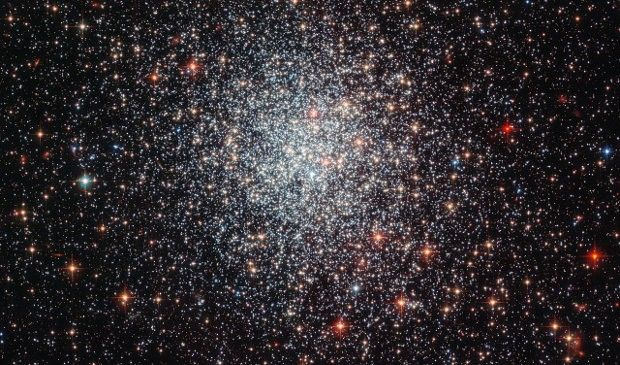A new space image delivered by the Hubble Space Telescope reveals a mammoth star cluster located in the Large Magellanic Cloud, one of our Milky Way's satellite galaxies. Such dense collections of stars are known as globular clusters.
The cluster, dubbed NGC 1783, was first documented by astronomer John Herschel back in 1835. It resides at a distance of about 160,000 light-years from our cosmic neighborhood and holds the mass equivalent of some 170,000 Suns.
In fact, scientists over at US space agency NASA say NGC 1783 is among the absolute biggest and brightest agglomerations of stars so far identified in the Large Magellanic Cloud.
“This is one of the biggest globular clusters in the Large Magellanic Cloud, a satellite galaxy of our own galaxy, the Milky Way, in the southern hemisphere constellation of Dorado,” they explain.
Like pretty much all other globular clusters, NGC 1783 has most of its stars concentrated in its core. What's more, as revealed in this Hubble Space Telescope view, its shape is fairly symmetrical.
Judging by the color and the brightness of the stars that comprise it, astronomers estimate that NGC 1783 formed about 1.5 billion years ago, which makes it oddly young when compared to others.
Since it first came into being, the globular cluster appears to have undergone at least two periods of star formation, with about 50 to 100 million years between them.

 14 DAY TRIAL //
14 DAY TRIAL // 

